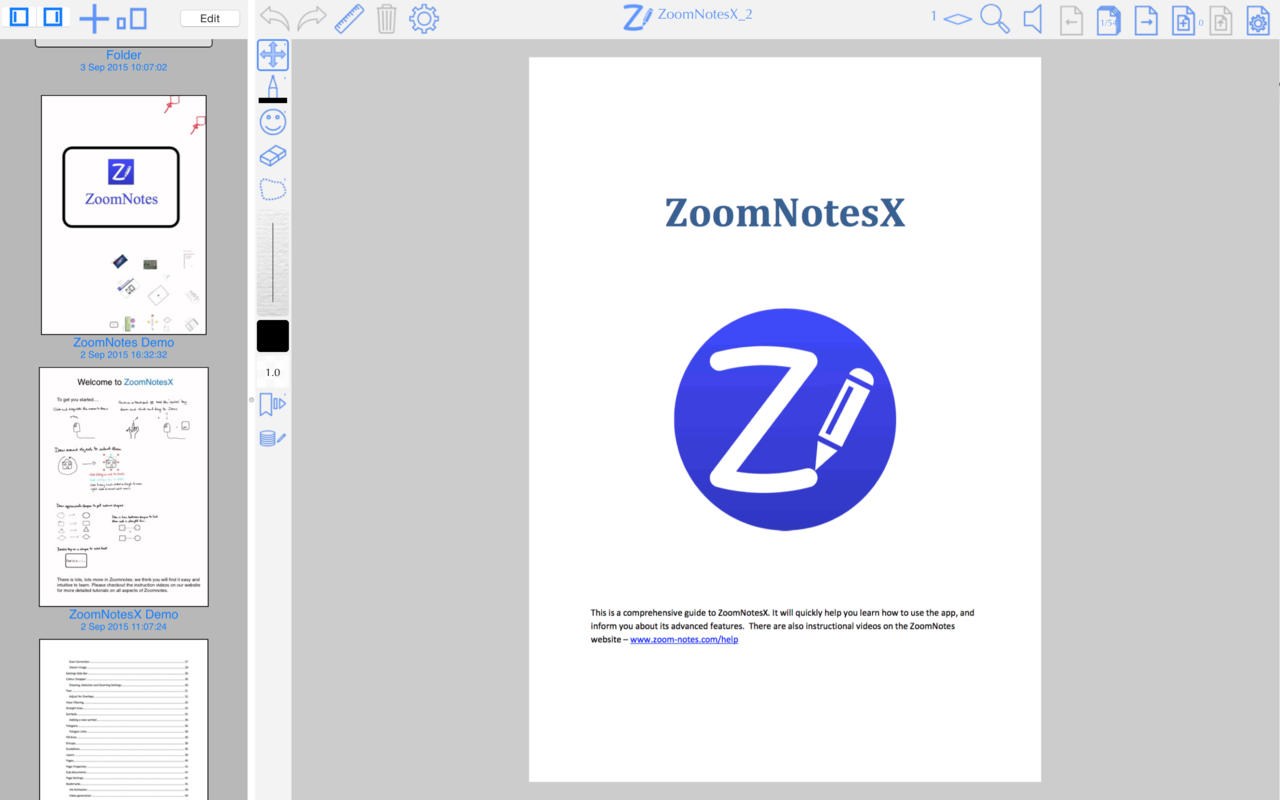

Once you move your data to a data warehouse, you can connect it with a BI tool to explore the data, look for insights, and create reports for stakeholders. This ensures smooth operation with structured data, while some warehouses also support semi-structured data.

#IDATABASE VS NINOX SERIES#
The ETL (extract, transform, load) process extracts the data from connected sources, transforms the data through a series of rules and operations to unify it, and loads it to a data warehouse on a regular schedule.ĭepending on the ETL tool you use, you can set daily or hourly data transfer, which ultimately means that data in your data warehouse might not always be 100% up-to-date.ĭata warehouses usually have a pre-defined and fixed relational schema - or arrangement of different data items. These storage systems can hold both current and historical data from one or more systems and are often used to combine different data sources in order to analyze the data, discover insights, and create business intelligence from data reports and dashboards.ĭata warehouses can store a range of data, from raw ingested data to highly curated, cleansed, filtered, and aggregated data.īut how does one store data from disparate sources in a data warehouse? What ensures data compatibility? Take a look if you’re curious and/or a tool junkie like me.A data warehouse is a data storage system that can hold highly structured data from various sources.

#IDATABASE VS NINOX TRIAL#
They have a 30 day free trial and their presets do a decent job of showcasing a lot of the functionality. So I’m curious what other Fibery users might think of it. I’d say Ninox is a lot closer to Fibery in some respects than some of the other apps it’s compared to. It’s also a little surprising to me that it doesn’t come up in regular conversation of Fibery competitors/comparisons, whereas Notion, Airtable, and others do. As well as a sort of “parallel universe” view of what Fibery might be like if it was started in an earlier web era (even though they just rolled out a design overhaul to version 3.0 it still feels a bit outdated to me). But it’s interesting to see how one tool chose to approach these things, and may even be helpful for reference, or avoiding some of the mistakes they made.Īnyway, I still much prefer Fibery, but this is an interesting tool to look at for possible inspiration on future Fibery features and improvements. Most of this stuff is probably coming to Fibery at some point. There are lots of other niceties and features I could mention, saved state of view for tables in left navigation, some of the handling of slide-in tabs, straightforward record navigation and manipulation (next/previous buttons, etc.), as well as various automation functions and integrations. Or show the average number of tasks completed per week within your Project entity. Imagine being able to chart the price of offers over time on one particular house, for example (remember, I work in real estate ). Basically a much stronger ability to lay out and differentiate your entity views.Īlso of great interest is the ability to add Views and charts to individual entity layouts. Additionally you can add some basic formatting to entity layouts, including separators, free text with fairly sophisticated styling options (alignment, colors, borders), and more.

I would definitely find this helpful in Fibery. Perhaps more notably Tabs are also available on “entity” views, so you can arrange fields into tabs for better organization. This is basically how ClickUp works too, and it’s something I like and have already requested before. The concept of UI “Tabs” is used across much of the app, so you can create views of a table that are tabs, the equivalent of having a set of Fibery views all accessible from a single item in the main menu, and switched between using tabs in the content view. Where Ninox shines is in its representations and interaction with the data, especially at an “entity” level. So it’s less flexible than Fibery in that respect to be sure. It also doesn’t use the “app” concept, but you can link together tables within a database in fairly well-represented ways. Ninox focuses entirely on databases, there are no “documents” at all, and no whiteboards.


 0 kommentar(er)
0 kommentar(er)
